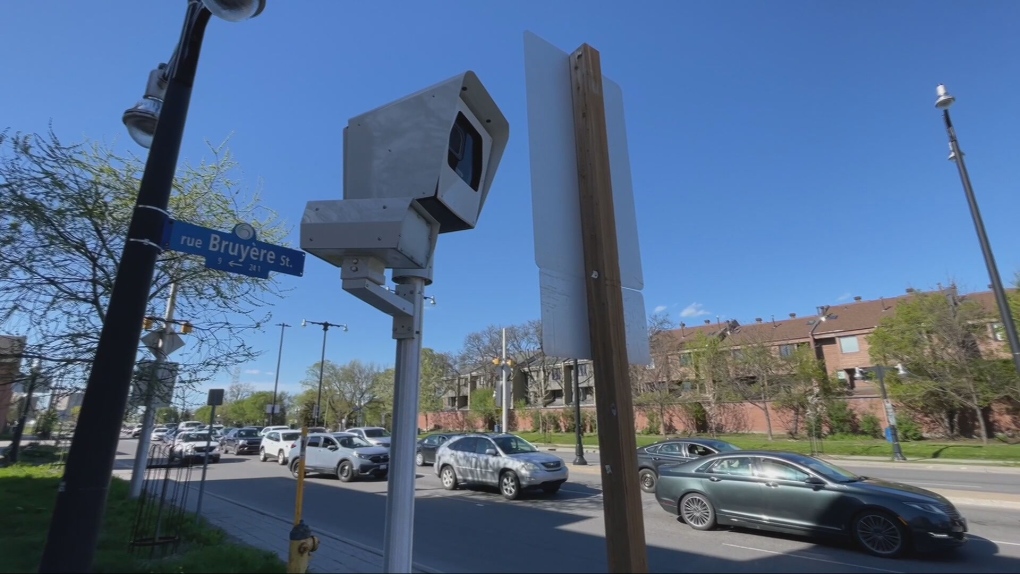Ottawa’s photo radar cameras have issued a record number of speeding tickets to drivers this year, as the city of Ottawa continues to expand the automated speed enforcement program in community safety zones, school zones and “high speed locations.”
New data shows the 40 photo radar cameras have issued 229,105 tickets in the first seven months of 2024. The automated speed enforcement camera program resulted in 220,789 speeding tickets in 2023, 127,939 tickets in 2022 and 80,944 tickets in 2021.
Twelve new cameras have been activated so far in 2024, and work is underway to install 20 new photo radar cameras(opens in a new tab) across the city by the end of the year. Staff have estimated the city will issue one million tickets a year through the photo radar and red light camera programs.
The busiest photo radar camera is on King Edward Avenue, the busy road for motorists travelling between Ottawa and Gatineau over the Ottawa River. The camera issued 36,210 tickets in the February to July period.
The 10 busiest photo radar cameras in Ottawa in July
- King Edward Avenue southbound, between Bolton Street and St. Patrick Street: 7,096 tickets
- Walkley Road, between Halifax Drive and Harding Road: 2,873 tickets
- Bronson Avenue, between Raven Road and Sunnyside Avenue: 2,220 tickets
- St. Laurent Boulevard, between Noranda Avenue and Clarke Avenue: 1,838 tickets
- Cedarview Road, between Fallowfield Road and Jockvale Road: 1,772 tickets
- Katimavik Road, between Castlefrank Road and McGibbon Drive: 1,602 tickets
- First Avenue, between Chrysler Street and Percy Street: 1,504 tickets
- Hunt Club Road, between Pike Street and Lorry Greenberg Drive: 1,495 tickets
- Bayshore Drive, near Woodridge Crescent: 1,474 tickets
- Fisher Avenue, between Kintyre Private and Deer Park Road: 1,323 tickets
…



Got to lower the speed limit to 30 km/h on more streets to increase survival when crashes do happen
It’s not about speed limits, it’s about the drivers’ perception of the road, where drivers will reduce their speeds on narrower, more chaotic streets.
The posted speed limit only dictates the penalties, not the actual travel speed.
Example: LaSalle, Montreal, there’s Saint-Patrick street by the canal that has 3 lanes on both sides, completely deserted, businesses on one side with a narrow concrete median. It’s posted as a 40. Everyone goes 70 because it’s a wide, uninterrupted stretch of road with great visibility and no obstacles, however the posted speed limit is there as large trucks drive in and out of nearby businesses.
It should be reduced to 1 lane per side + turning lane in the middle, the side walls should be made wider to take up the rest of the street, and trees on the side to create a tunnel effect. Notre-Dame on the other side of the canal has a similar issue, but it isn’t as bad. There’s still one too many lanes, however.